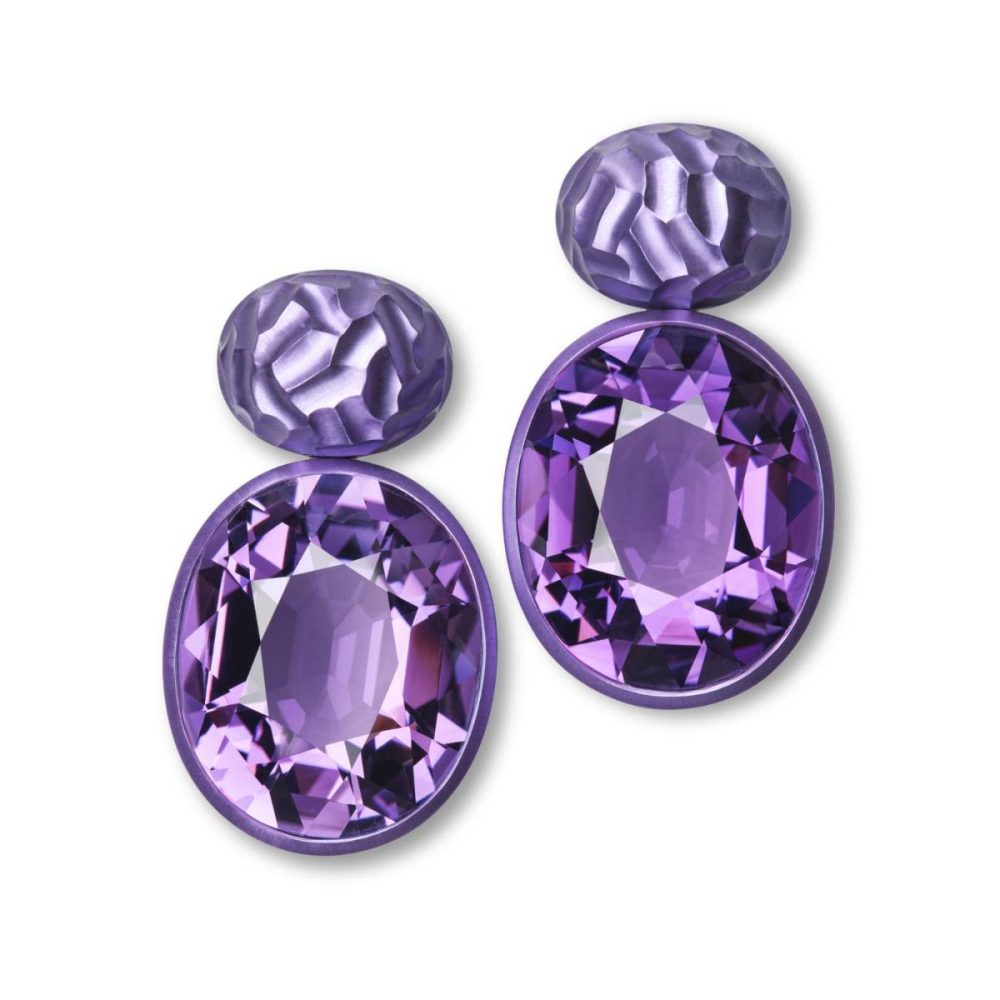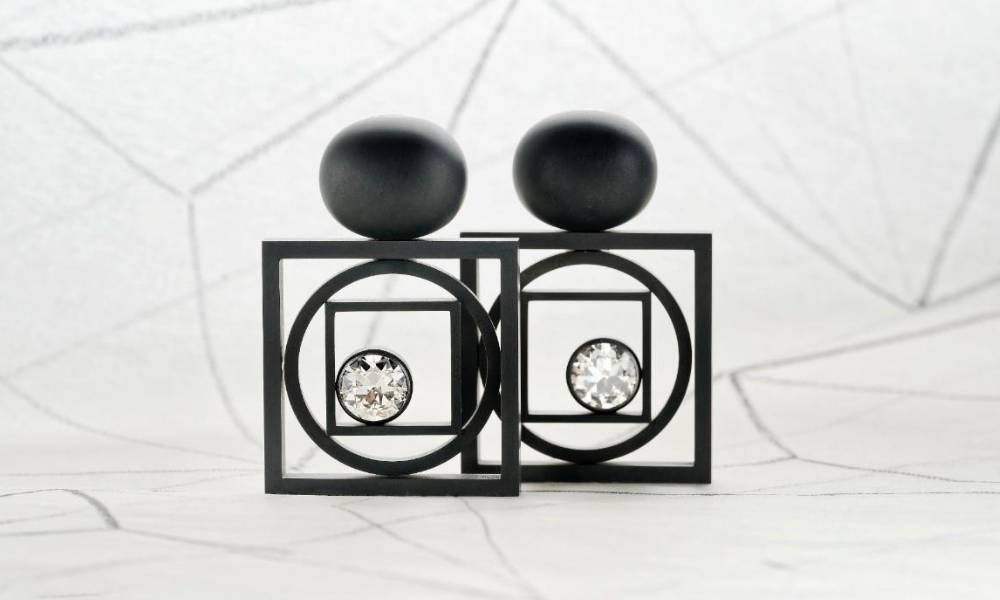Established nearly 130 years ago in Munich as a modest goldsmithing atelier, Hemmerle first gained recognition for crafting medals for the Bavarian royal family. Under the stewardship of third-generation heir Stefan Hemmerle, an artisan shaped by training across Europe, the atelier shifted from tradition to the avant‑garde. Stefan’s visionary direction marked the brand’s most defining shift, embracing an unconventional approach to exclusivity. He began pairing precious and semi-precious stones with unexpected materials such as iron and copper—a move that challenged traditional ideas of luxury. Today, Hemmerle is celebrated not just for its heritage, but for its uncompromising commitment to innovation.
Now, under the care of its fourth generation, Christian Hemmerle and his wife Yasmin Hemmerle, the house carries forward the legacy rooted in both meticulous skill and fearless design. Hemmerle produces only 200 pieces each year, handcrafted entirely in its Munich atelier.
Hemmerle’s unique approach in jewellery making has found recognition far beyond the world of private collectors—with pieces held in the permanent collection of London’s Victoria and Albert Museum and The Metropolitan Museum of Art in New York, to name a few. Christian and Yasmin Hemmerle reflect on legacy, experimentation, and the future of Hemmerle.
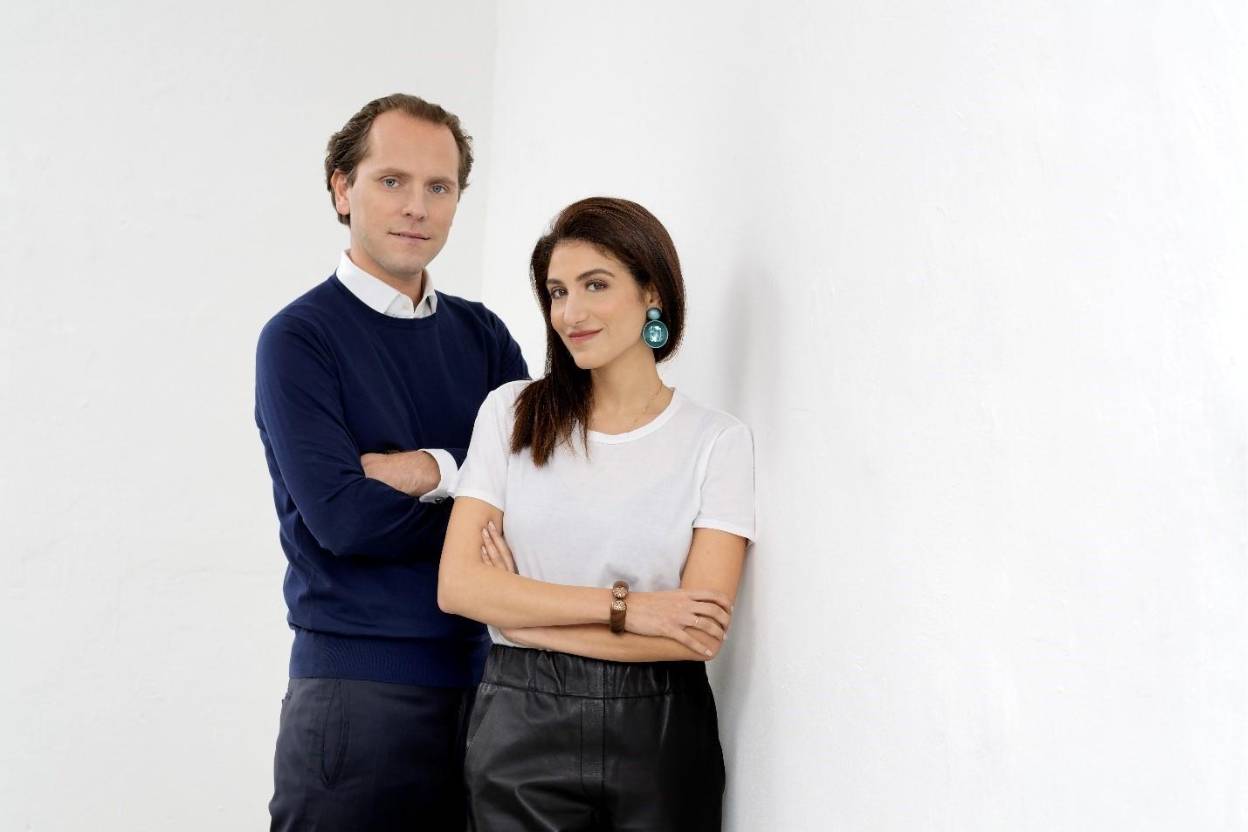
The Harmony bangle is one of Hemmerle’s most recognisable designs. How did this piece become so iconic?
Yasmin: Hemmerle’s first Harmony bangle was made in 1992-93. It was designed for ease of wear. It has softly rounded terminals and a seamlessly integrated twist clasp mechanism with a secure closure. You can wear it any time of day—it always draws a second glance. It’s the kind of jewellery that feels like an extension of your body, not something you’re tempted to take off. Perhaps that’s why collectors are so drawn to it.
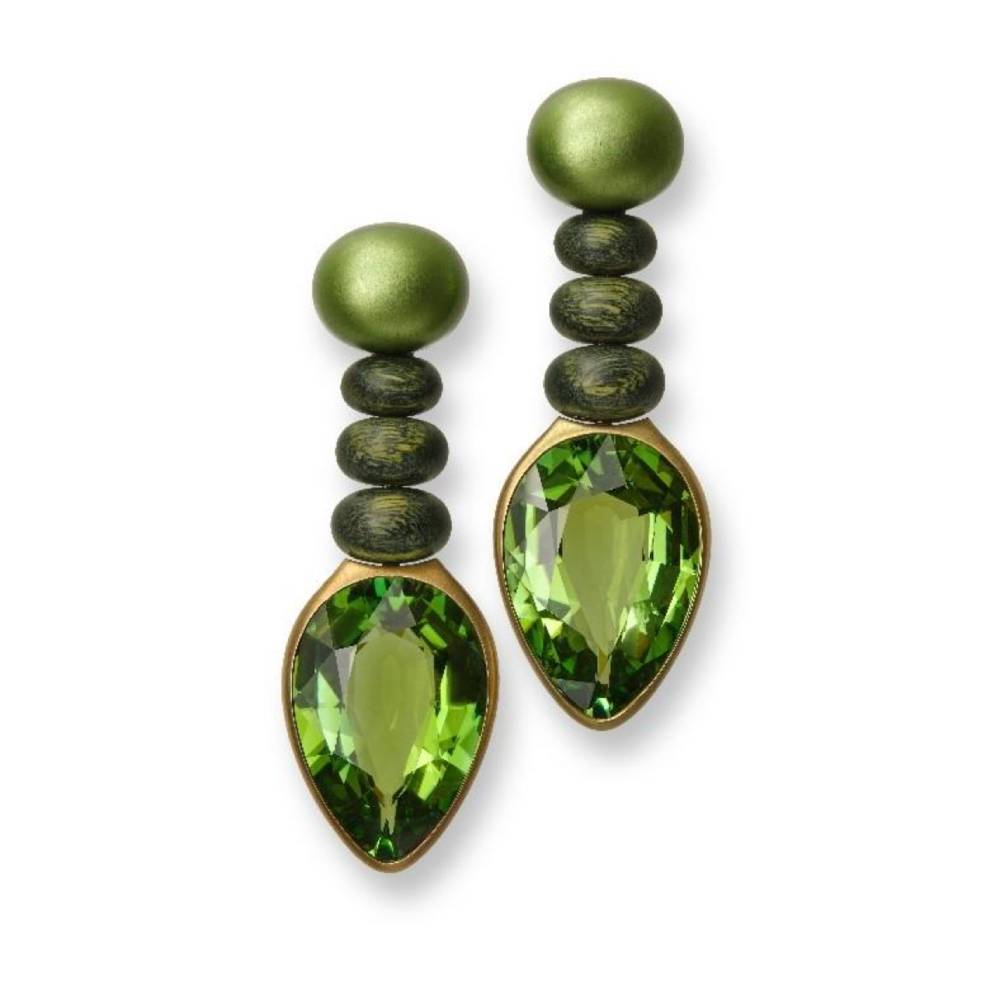
with tourmalines are crafted using pockwood, aluminium, bronze, and white gold © Hemmerle
Christian: It has become iconic by its intention to not be iconic. It embodies a primitive form, reimagined through modernism and executed with German engineering and craftsmanship. Over the decades, it has evolved through extensive material research—crafted in wood, iron, mixed materials, copper, and at times, incorporating Japanese techniques as well. While its contour has remained consistent, the Harmony bangle has undergone continuous refinement, making it a perfect signature of our work.
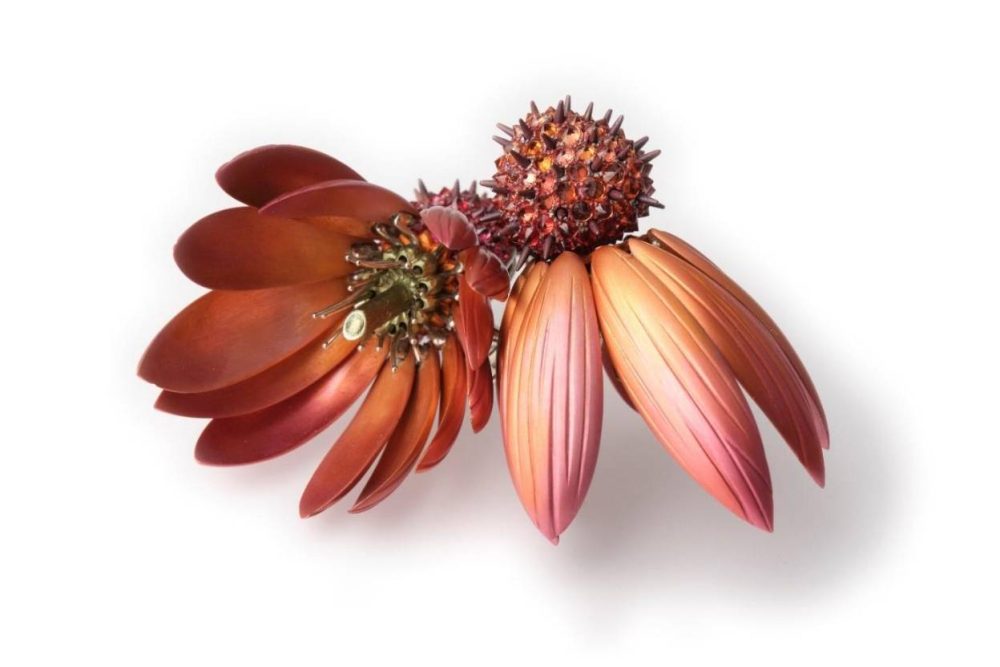
How do you ensure that the unconventional materials you use are sustainable and hypoallergenic for everyday wear?
Yasmin: Much of what we do is a result of trial, error, and eventual success. For example, when we use wood in our jewellery, we select only pieces that have been tested over decades in varying temperatures and moisture levels in our cellars.
When using non-precious metals, we often use gold in the area that touches the skin to avoid any reactions. Metals like iron or aluminium are used only on the exterior. Extreme weather can alter the colour of the iron, which becomes part of the jewellery’s beauty. Bronze and copper also develop a patina over time, though few customers ever ask for it to be removed.
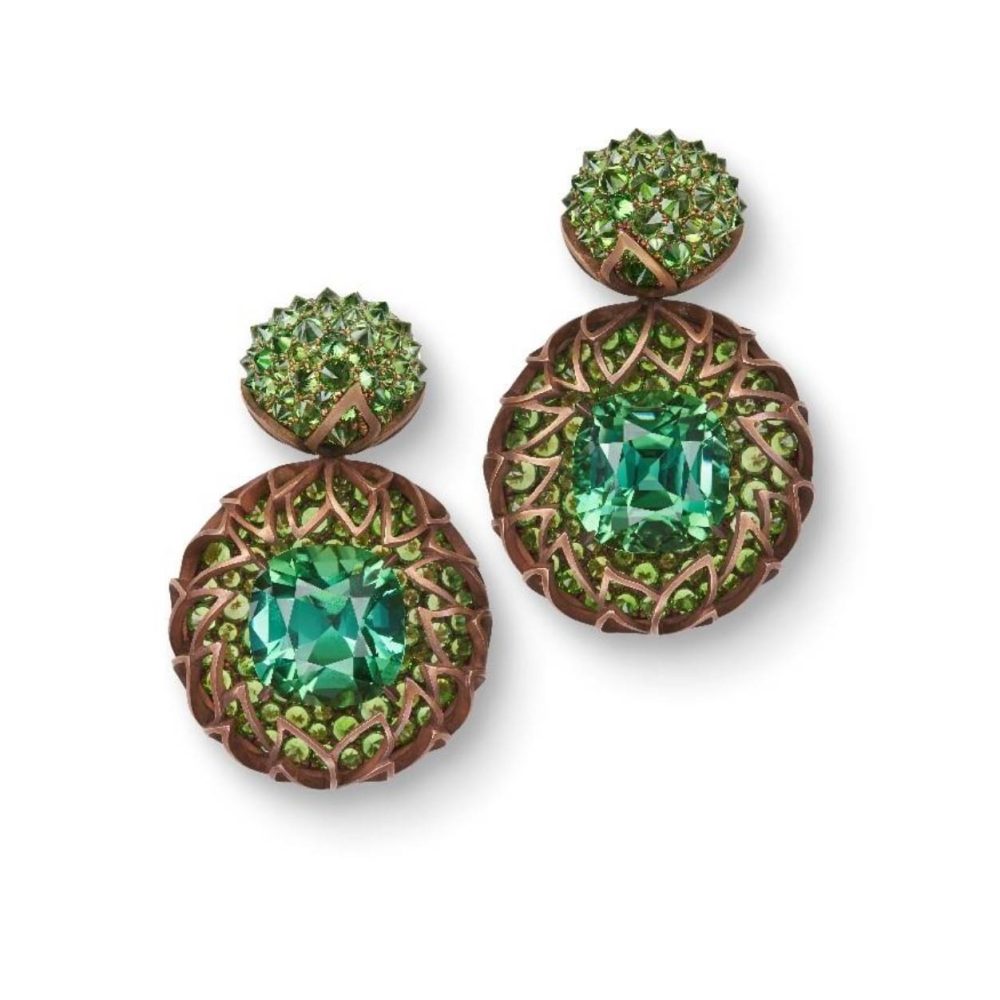
What is the most difficult metal that you have worked with?
Yasmin: Aluminium has been the most difficult. What I love about it is its lightness and comfort. It allows for a varied pattern of colours, which don’t change over time. We’ve created beautiful pastel shades in floral designs and even captured details like blemishes on grapes, almost like a painting.
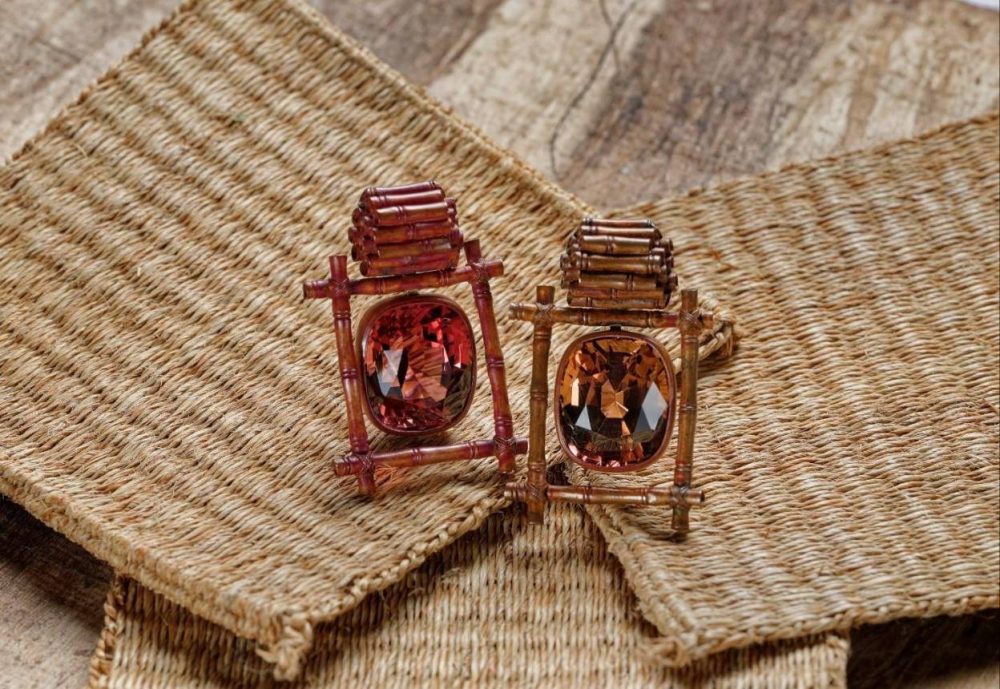
In a market that still places high value on precious metals, how do you make these pieces investment-worthy?
Christian: For a long time, jewellery was valued mainly for its material—the weight of gold, the rarity of the stone—while the craftsmanship behind it was often overlooked. But that perspective is changing. Today’s collectors are increasingly drawn to artistry, intention, the story behind each piece. Our clients aren’t simply investing in precious metals; they’re seeking beauty, meaning, and something truly unique. What we create is not just jewellery—it’s a source of joy.
How have your goldsmiths adapted to working with other materials, given that mastering new materials also takes time?
Christian: Many of our craftsmen began working with us at a very young age. The head of our atelier joined us as a teenager and recently celebrated 40 years with the company. Our craftspeople are always looking for a challenge—and they take great pride in being in the business that’s all about prototyping and pushing boundaries.
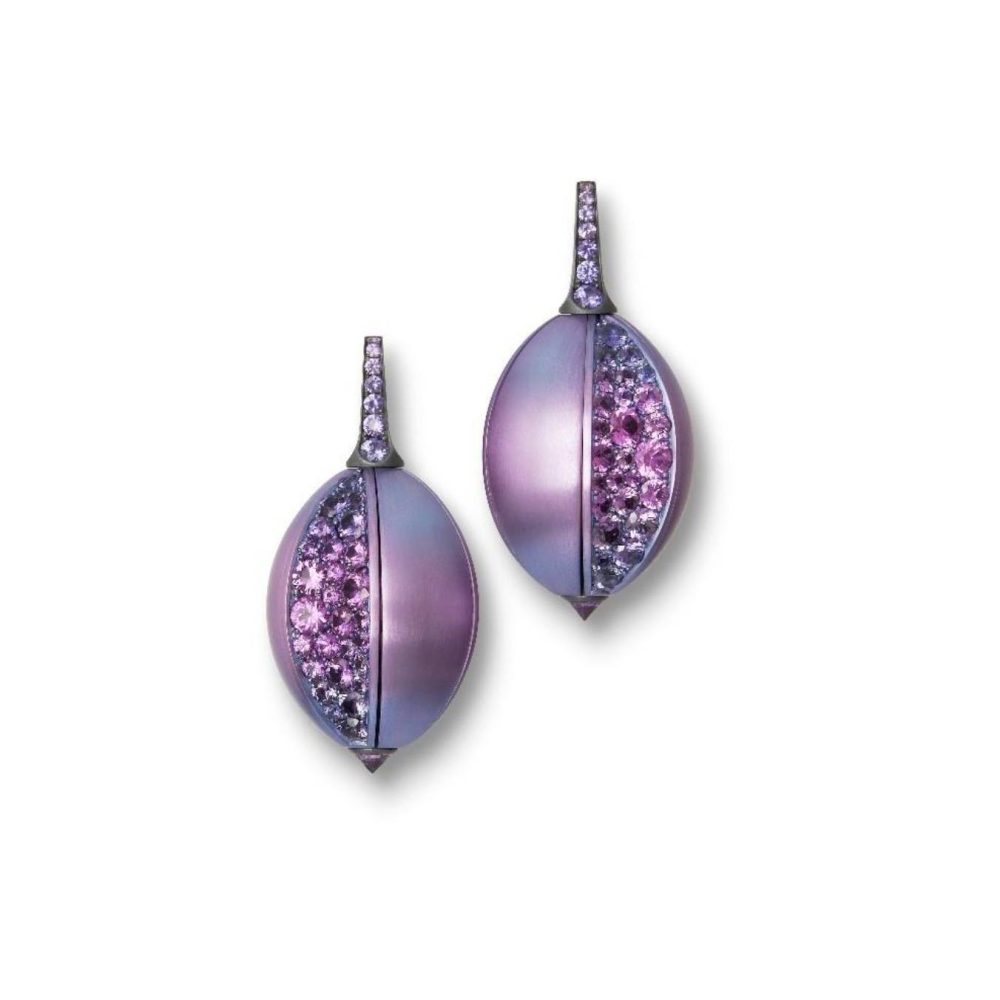
Which is your strongest overseas market?
Yasmin: The US has been our strongest overseas market for nearly 30 years. Today, our collectors come from all over the world. But more than geography, it’s a shared mindset that defines them.
The jewellery industry draws many creative minds, but there’s often pressure to follow tradition. What advice would you give designers who want to stay true to their vision and grow authentically?
Christian: We’ve built on the strengths of our past and are fortunate to have inherited a strong family legacy. Over time, we’ve learnt the importance of connecting with the right customers—those whose creative outlook aligns with ours.
We have grown organically, driven by the trust our patrons place in us and the way they share their experiences with others. When we finish a piece, we often know exactly which of our clients will respond to it—that’s how closely we know their preferences and what they’ve collected over time. For us, a sale isn’t truly successful if the piece ends up locked in a safe. Real success is it’s worn, enjoyed, and that’s when the creative process comes a full circle.

Timing also played a role in shaping who we are. Hemmerle’s innovative use of materials gained recognition in the 1980s-90s, at a time when the art world’s mindset was shifting—when artists were being recognised not by their signatures, but by the distinct form, material, and style of their work. You could tell who made a painting, a jewellery piece or a sculpture by reading the work and not the name.
Around this time, Stefan Hemmerle began to move away from traditional jewellery-making, pushing boundaries in material and form. Decades ago, we created a piece of diamond jewellery in iron for a client who wanted to express his personal style.
That spirit of celebrating uniqueness became our inheritance.
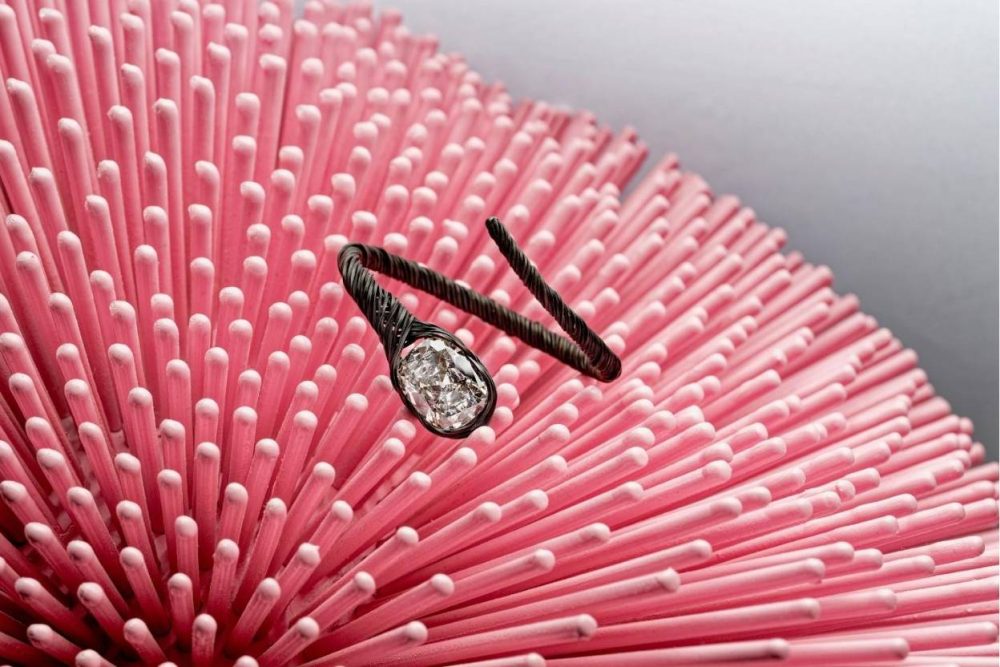
How do you envision the future of what you have built with such dedication?
Christian: We spent six years researching aluminium before we started using it—and that is the kind of perfection we strive for. Keeping our craft alive is my biggest task. The only way to do that is to excel at it, because perfection is what will inspire those who follow us to want to continue building on our craft.
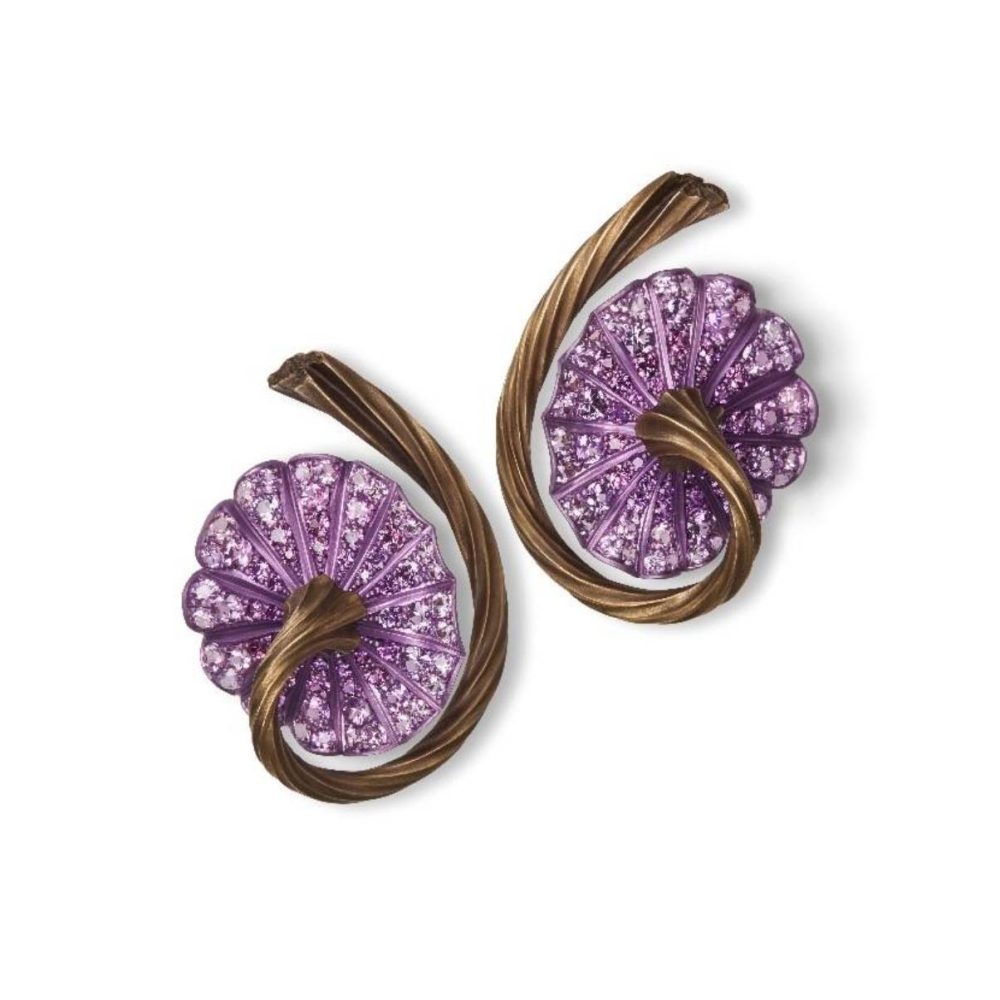
As demand for Hemmerle jewellery grows, will you increase your capacity to produce more jewellery?
Christian: One piece can take up to 600 hours to complete and finding craftsmen with that level of focus and skill is rare. We don’t outsource our work. Even those who work for us are trained for five to ten years before they can begin making our jewellery. Finding skilled craftsmen is becoming harder. In ten years, we will likely produce fewer pieces than we do today simply because fewer craftspeople have the passion and dedication for this kind of work.
